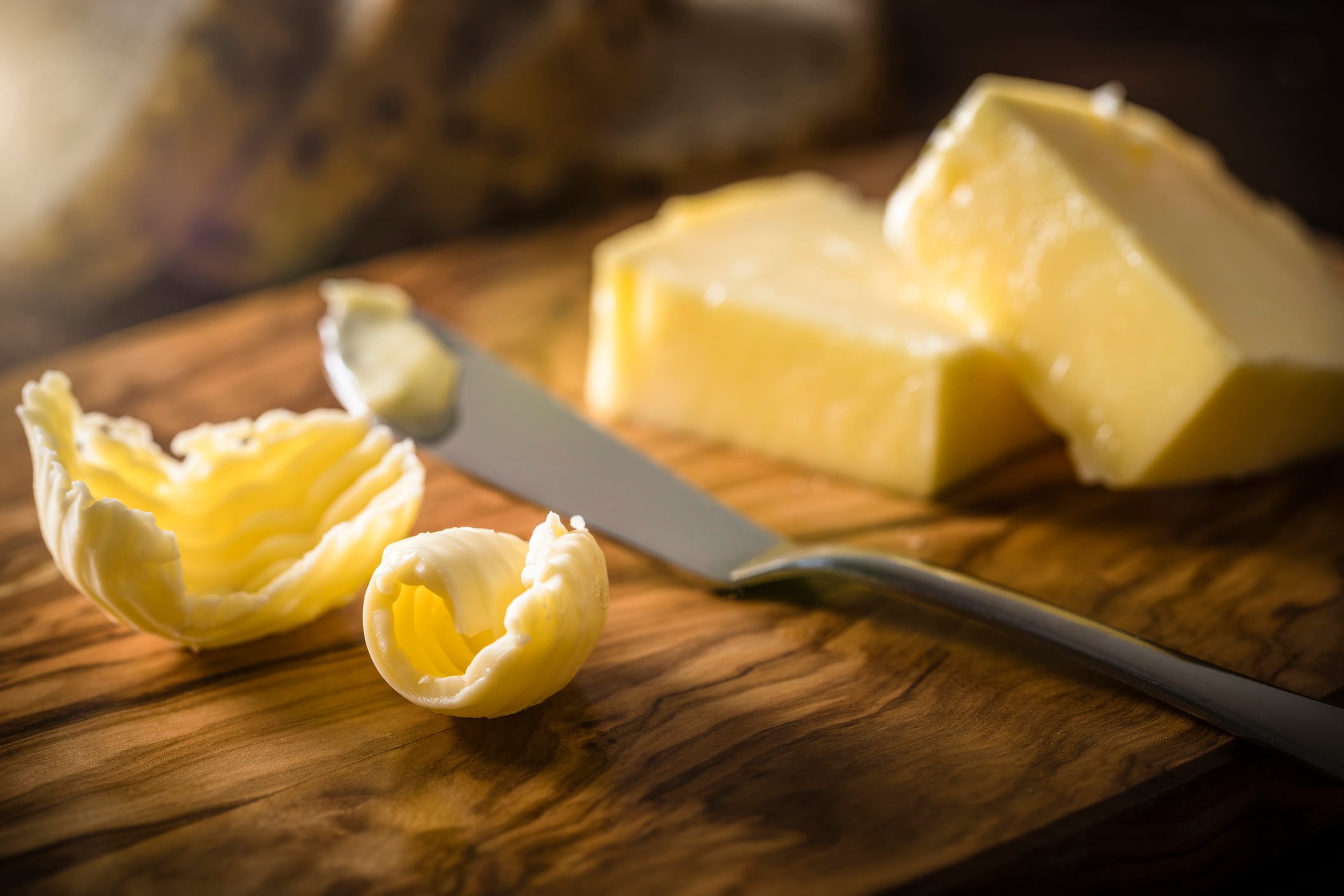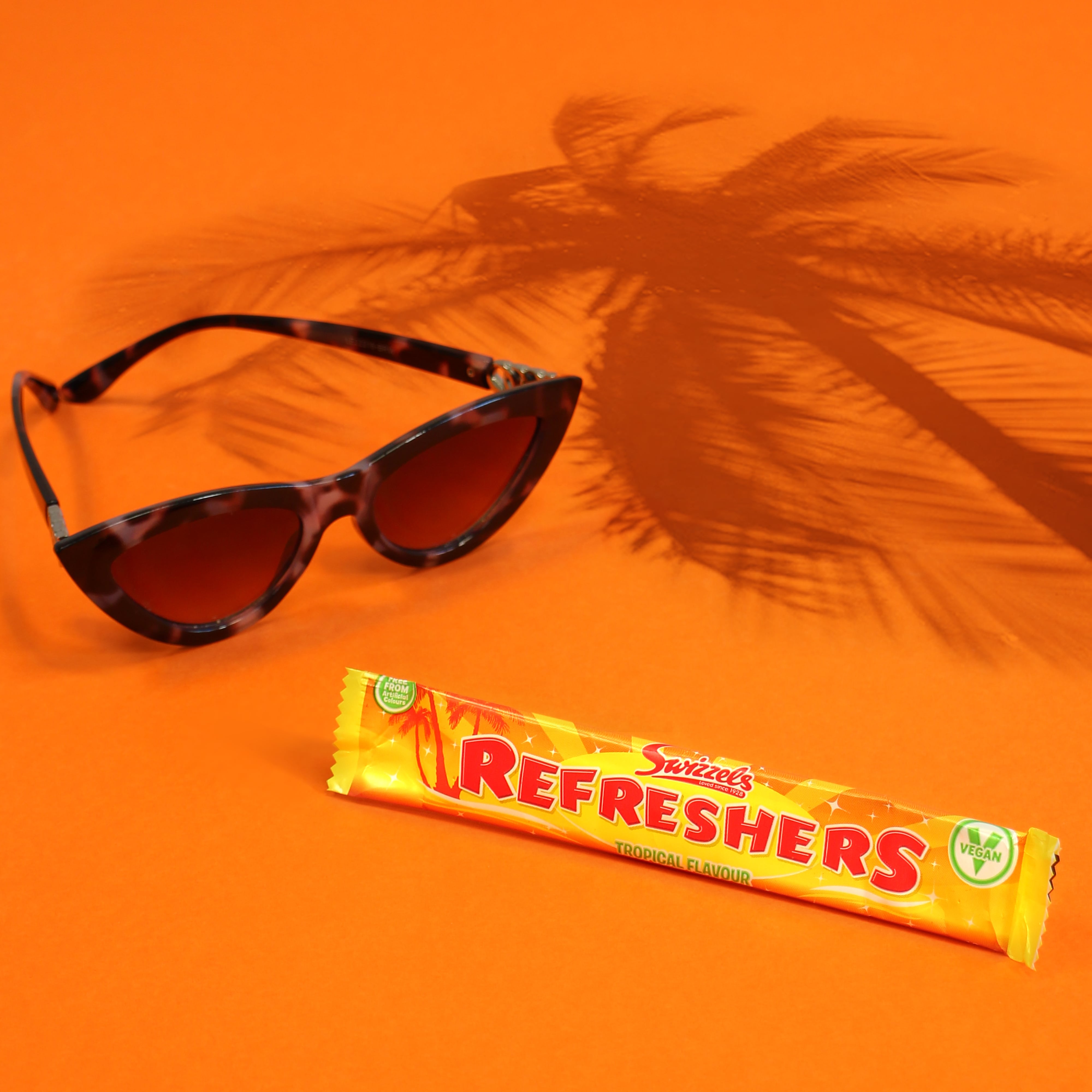Last week, Sublime Butter – a self-confessed ‘small producer’ – took the David and Goliath approach by calling out Sainsbury’s over the launch of its new range of flavoured butters. As reported in Food Manufacture, the London-based company claimed that the Taste the Difference products were ‘carbon copies’ of its award-winning butters.
The allegations by Sublime Butter are a little more nuanced than the usual ‘too close’ debate, with the butter brand claiming it had sent samples to Sainsbury’s the previous year in the hope of getting them stocked on the supermarket shelves. It’s not clear whether Sublime claims that Sainsbury’s has copied the idea of Sublime Butter’s product range, or gone further than that.
In response, the supermarket giant has denied copying Sublime Butter’s products, with the company stating that there is “no truth” to the allegations.
It remains to be seen whether official legal action will ensue, with Sublime opting for the more immediate route of social media to whip up a debate. However, legal action may be difficult for Sublime. There is no IP in an idea and so Sublime would need to be able to point to either the misuse of its confidential information, or the infringement of its copyright work or brand by Sainsbury’s to be able to get a claim off the ground.
In the meantime, what Sublime’s social post has done is shine the spotlight once again on the issue of lookalike products, raising the question of how close is too close?
When it comes to products, packaging and branding, it’s a really important question to consider and, if a company believes that its intellectual property is being compromised by another brand, then they may have the right to launch an IP claim against them.
While we often see big brands going head-to-head in court, the issue of copycat products can come to bite everyone from one-man bands to multinational corporations.
The truth is, the distinction between intellectual property infringement and lawful inspiration is extremely complex and an area where businesses should tread very carefully, particularly if it involves a major retail brand with plenty of clout behind it.
The arguable lack of certainty as regards to which way a court may go means businesses need to be more cautious from the outset about taking risks in terms of product, packaging or brand designs which may arguably come too close to that of a competitor.
The long-running legal dispute between Thatchers Cider and Aldi is prime example of a trade mark infringement and passing off battle – one that took several twists and turns before it reached its conclusion.
While the initial judgement found in favour of Aldi, with the court signalling that the average consumer is more likely to perceive a brand name as the overriding cue for designating trade origin over more decorative elements in product packaging, the Court of Appeal overturned the decision earlier this year.
The decision is seen as a real win for brand owners in protecting product packaging and emphasises the importance of registering key packaging designs as trade marks in order to be able to get lookalikes on the hook.
While the outcome of the Thatchers judgment is fact sensitive and context specific, what it does show are the boundaries being set by the courts between lawfully drawing inspiration from, or ‘benchmarking’ competitor products (i.e. looking at what competitors in the market are doing) and infringement. This includes the trade channels and price points at which products are sold; the manner in which marketing is displayed; the choices made by others in the market; and the likely perception of the average consumer in the sector will all be relevant to the court’s assessment of when close is too close.
Any forced re-brand could prove to be a costly expense. As such it’s important to ensure that businesses seek to avoid confusion with any other brands. While this may be difficult to assess, carrying out trade mark, domain name, Companies House and Google searches to check the availability of a new brand name or logo is essential. Businesses should also apply to register the new brand name or logo as a trade mark as soon as practicable, while carrying out an assessment as regards whether press attention over a trade mark dispute may bolster or undermine sales.
While the boot appears to be on the other foot, it’s clear from Sublime Butter’s tactics that press and social media attention was a driving factor in its decision to go public. As one of nearly 300 comments stated in response to the company’s social post: ‘Well I’ve just found you because of this post and just placed my first order’.
As Sublime Butter admitted in its social post, imitation is the sincerest form of flattery but, when it comes to businesses and brands, it’s probably wise not to take Oscar Wilde’s words too literally.




